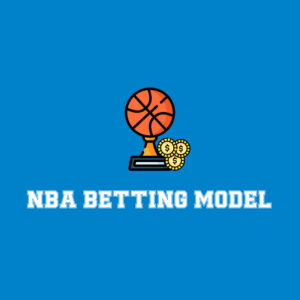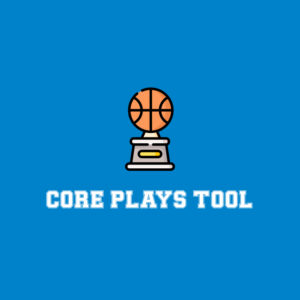
Welcome to my 2025 NBA mock draft, version 1.0! I’ve mocked all 30 first-round picks in this article, with a bit more attention paid to the lottery picks (1-14). You’ll also find some of my favorite prop bets at the end of the article. Enjoy!
2025 NBA Mock Draft
1.1 – Dallas Mavericks
Cooper Flagg, Duke
Much has been made about the Mavericks winning the NBA Draft Lottery earlier this week, so I won’t rehash it for you here. With their 1.8% chance to bink the first overall pick, Dallas has been given a lifeline. Once healthy, a team with Kyrie Irving, Anthony Davis, Cooper Flagg and pieces is a competitive (at worst) team in a loaded Western Conference. Flagg can do a bit of everything, and we saw him improve essentially across the board during his single season at Duke. I expect him to fit right in wherever head coach Jason Kidd slots him in the short term with a long-term ceiling of top-five player in the NBA once he hits his prime. That may be a while, considering Flagg entered college early and won’t turn 19 until December. Given the franchise’s track record over the last few months, there’s a non-zero chance Dallas could surprise us by moving the pick for pieces that could push them further toward title contention in the next season or two, but I think they’re much more likely to do the “right” thing here and take the potentially generational talent at the top of this draft.
1.2 – San Antonio Spurs
Dylan Harper, Rutgers
Talk about luck! The Spurs have had enough of it in the NBA Draft Lottery over the last 35 years to last multiple lifetimes. San Antonio moving up six spots to nab the second overall pick is one thing, but realize how close it came to being the winners of the Flagg lottery too. The Ringer’s Zach Lowe, who was in the room where the lottery process actually plays out, reported on Tuesday that the Spurs had three of the 11 possible combinations before the final ping pong ball was drawn for the first pick. To get that close and then turn around and still win the second pick is incredible luck. San Antonio may not end up actually making this pick if it decides to take another big swing in the trade market this offseason. The Spurs already pressed fast forward on their project by acquiring De’Aaron Fox at the trade deadline, and we’ve already seen the rumors start to fly about potentially trading for Giannis Antetokounmpo. If they do keep the pick, Harper is likely their guy. Like reigning NBA Rookie of the Year Stephon Castle, Harper would give San Antonio another lengthy guard with ridiculous upside. The Spurs have an embarrassment of assets at their disposal and can choose a litany of paths to proceed with the next steps in the Wembanyama era.
1.3 – Philadelphia 76ers
Ace Bailey, Rutgers
There’s always luck involved when your team lands in the top four of the NBA Draft Lottery, but Philadelphia was on pins and needles as the results were read off on Monday night. If the Sixers’ pick fell outside of the top six, it would convey to Oklahoma City, which had the league’s best record this season and is the current betting favorite to win the NBA title next month. The 76ers had the fifth-worst record in the league this past season, leaving little room for “error” in the lottery process. Once Dallas and San Antonio jumped up into the top four, the alarm bells were sounding in Philly. But then New Orleans came up seventh, meaning the Sixers had nailed down a spot in the top four and kept their pick (even confusing ESPN’s Kevin Negandi) as the city of Philadelphia exhaled. Now they’ll be able to add a top prospect to their already promising young frontcourt and hope that the oft-injured Joel Embiid and Paul George can stay healthy going forward. Ace Bailey makes a ton of sense at three. He can shoot off the catch or the bounce and provides upside on the defensive end as well. I didn’t watch a ton of Rutgers this season, but I’ve been diving into all the film I can on these prospects, and man is Bailey fun to watch. He reminds me a bit of Michael Porter Jr. on the offensive end, but I think his defensive upside is night and day compared to the Nuggets swingman who really struggles on that end.
1.4 – Charlotte Hornets
VJ Edgecombe, Baylor
Adding the explosive Edgecombe to the young core of LaMelo Ball and Brandon Miller may not turn the Hornets into an Eastern Conference contender, but it sure would up the watchability level of this team. This kid is a highlight waiting to happen anytime he touches the ball and profiles as a prospect with a significant two-way ceiling. The Big 12 Freshman of the Year, Edgecombe could combine with last year’s lottery pick, Tidjane Salaun, to form a fearsome defensive duo on the wing if Salaun (who was a raw talent entering the league last fall) improves over the next few seasons. If you’ve read my mocks in prior seasons, you’ll remember I’m also a fan of prospects with FIBA experience. Edgecombe was a key member of the Bahamian National Team in last year’s Olympic qualifiers, averaging 16.5 points per game on 57/39/81 shooting splits across his four appearances.
1.5 – Utah Jazz
Kon Knueppel, Duke
As things stand now, pick five is where I think the draft can start to take some interesting twists and turns. Falling out of the top three was a big blow to the Jazz organization, who had tanked as hard as anyone to maximize their chances at landing Flagg. Now I think their consolation prize is Flagg’s teammate at Duke in Knueppel. He’s a high IQ player and can shoot the ball at an elite clip (40.6% on 5.3 attempts per game last season) while still having some question marks on how effective he can be on the defensive end at the NBA level. The floor spacing he can provide with his shooting ability, combined with the high-level playmaking he showed at Duke, is enough to bump him up this high in my first mock of draft season. Is he a future All-NBA caliber player? Probably not. But I can see him being a third-best guy on a title-contending team down the road, and that’s pretty good for a fifth pick. Utah could decide that its young guard pairing of Keyonte George and Isaiah Collier isn’t the direction it wants to proceed in the backcourt and take one of the two guards I have mocked after this pick, but as things stand now, Knueppel is the most likely option for the Jazz.
1.6 – Washington Wizards
Tre Johnson, Texas
Playing his freshman season in my neck of the woods at the University of Texas, Johnson is clearly ready for the NBA level. He can score the ball at all three levels, and that skillset is exactly what Washington needs out of this pick. With prospects like Bub Carrington and Bilal Coulibaly part of the Wizards’ long-term plans, Johnson provides a counterbalance to the shooting struggles those two young players have experienced early in their careers. The former Longhorn shot 39.7% from three on 6.8 attempts per game. He’ll have to continue to mature physically to hit his ceiling, as he only shot 44.9% from inside the arc, but Johnson should be the future of the shooting guard position in DC. Jordan Poole still has two seasons left on his current contract, meaning Johnson doesn’t have the weight of the world on him right off the bat to handle the scoring load at the NBA level.
1.7 – New Orleans Pelicans
Jeremiah Fears, Oklahoma
The Pelicans are in a tough spot right now. Dropping to seven in the lottery process is a blow to the immediate future of a team that is currently just a conglomerate of basketball players with little semblance of chemistry or consistency. They were a disaster right from the start of the season and suffered a number of season-derailing injuries to key players, the most severe of which was the torn Achilles for Dejounte Murray With Murray on the mend and backcourt mate CJ McCollum entering a contract year, Fears is the pick. He can learn behind McCollum, the rehabbing Murray and hard-nosed backup Jose Alvarado. The shooting ability (28.4% from three in his freshman season at Oklahoma) leaves a lot to be desired, but Fears is an elite athlete with significant upside. He’s also one of the youngest prospects in this class and won’t turn 19 until the preseason, which jives well for a team that is going to have to be patient while they figure out which pieces from their current roster will go into the next era of professional basketball in New Orleans. I also wouldn’t be surprised to see the Pels shore up their frontcourt at this pick, with the uncertainty around the future of Zion Williamson and the lack of all-star upside for last year’s first rounder Yves Missi.
1.8 – Brooklyn Nets
Khaman Maluach, Duke
With Johnson and Fears off the board, both of whom the Nets could use to replenish their backcourt, I’ve got them taking a swing on the third Blue Devil in the first eight picks of this year’s draft. Brooklyn is not anywhere close to contending and shouldn’t be worried about the fact that current starting center Nic Claxton is currently under contract for three more seasons. That contract is one of the few attractive assets the Nets currently hold from a player perspective, as general manager Sean Marks inked a deal with Claxton that declines every season, expiring in the summer of 2028 at just $20.9 million. Maluach, on the other hand, fits the Nets’ long-term timeline. He’s only played basketball for five years, becoming the youngest player to ever appear in a FIBA World Cup at age 16 before being the youngest player at the Olympic tournament last year for South Sudan. He’s a massive lob threat on offense, and with a standing reach like Victor Wembanyama and Mark Williams, he’s got the upside to be a Defensive Player of the Year candidate on the other end of the floor if he pans out.
1.9 – Toronto Raptors
Egor Demin, BYU
The Raptors are a curious case at nine. They’ve got presumed starters at every position (Immanuel Quickley, RJ Barrett, Scottie Barnes, Brandon Ingram, Jakob Poeltl), but none of them are “number-one” options. General manger Masai Ujiri has always had a knack for making polarizing picks in the draft, and Demin would be no different. He’s a FIBA guy, coming up through Real Madrid’s academy before spending last season at BYU. Demin is a fantastic playmaker, standing at 6-foot-9 with the court vision to make some “oh my” type of passes on a nightly basis. But there’s rightful concern about his lack of scoring efficiency, shooting a dismal 18.6% from three with the Cougars. But his high basketball IQ also translates to the defensive end, where (at least at the collegiate level) he makes up for what he lacks in lateral movement and athletic posture with superb anticipation. Demin also gets on the boards, averaging nearly seven per game across his freshman season. The size-skill combo screams Ujiri to me, but we also shouldn’t be surprised if the Raptors take a swing on a similar prospect in Kasparas Jakučionis.
1.10 – Houston Rockets (from Phoenix)
Jase Richardson, Michigan State
The Rockets are the other team next to San Antonio that is being mentioned by league sources to watch for in the potential Giannis Antetokounmpo sweepstakes, and if they were to be able to make that move, this pick would surely be part of the package. But assuming Houston makes this pick, Richardson makes a ton of sense. The Rockets struggle to space the floor offensively, and guys like Amen Thompson and Alperen Şengün aren’t going anywhere in this scenario. Richardson, the son of former player Jason Richardson, is the answer at ten. He shot 41.2% from three at Michigan State this past season and displayed the off-ball movement you’d need out of a player in his physical mold. Richardson stands at just 6-foot-3, which could work when you surround him with the length and physicality already present on the Houston roster.
1.11 – Portland Trail Blazers
Collin Murray-Boyles, South Carolina
The Blazers aren’t giving up on Scoot Henderson quite yet, especially after he showed marked improvement last season from the field and from three, along with upping his assist to turnover ratio. They also drafted Donovan Clingan in the lottery last June, so another center doesn’t make sense here. Enter Murray-Boyles, who would provide Portland with an undersized option in its frontcourt rotation to better match up with teams that go small. Murray-Boyles spent two seasons at South Carolina, developing into an absolute force down low for his size, shooting 62.2% from inside the arc, averaging 16.8 points and 8.3 rebounds per game while standing just 6-foot-7. He’s strong as hell and defends quite well for his size, while struggling to space the floor. If we’re looking for the ceiling outcome of what Murray-Boyles could be, the stats and physical profile scream Draymond Green without the occasional three-point barrage. Of course, that’s a lofty comparison. For me, the versatility he could bring to Portland’s frontcourt is worth the swing as we get late into the lottery portion of the first round.
1.12 – Chicago Bulls
Derik Queen, Maryland
The Bulls need help basically everywhere positionally. They’ve also got a ton of expiring contracts this coming season, including both Nikola Vučević and Zach Collins. Taking a swing on Queen at 12 as the center of the future for Chicago fits its depth chart when looking at the cap sheet. He’s very skilled for his size, showing NBA quality as a roll man and the ability to create his own shot from 18 feet and in. He’s also got good touch as a passer for the position. Queen will need to adapt to the speed of the NBA game, but with a year to sit behind two veteran centers and some time in the G League, he could come into his potential second season in Chi-Town as the starting center for the Bulls.
1.13 – Atlanta Hawks (from Sacramento)
Kasparas Jakučionis, Illinois
With multiple seasons under his belt with Barcelona and 21 appearances for the Lithuanian youth national team, Jakučionis was phenomenal at Illinois this year. Standing at 6-foot-6, he contributes across the box score, averaging 15 points, 5.7 rebounds and 4.7 assists per game. He’s capable of knocking down the three ball, shooting 31.8% in his freshman season (a number that dropped off after he suffered multiple injuries early in conference play) and is a promising 85% from the free throw line. He takes care of the ball, sporting a 6.2 assist to 2.6 turnover ratio at Illinois. He’ll need to prove over the length of his rookie deal that he can defend at the NBA level, but he won’t be rushed into a major role behind Trae Young and Dyson Daniels on this roster.
1.14 – San Antonio Spurs (from Atlanta)
Carter Bryant, Arizona
With their second lottery pick in this year’s draft, look for the Spurs to fill needs either on the wing or a true backup center for Wembanyama. With Maluach and Queen off the board, I’d expect them to take the Arizona Wildcat swingman. Bryant didn’t have eye-popping stats in his one collegiate season, averaging just 6.5 points and 4.1 rebounds while playing just 19.3 minutes per game, mostly in a reserve role. But the Spurs need floor-spacers around the Fox/Wembanyama pick-and-roll who can also stay on the court defensively in a playoff scenario. While Bryant wouldn’t likely be that in his rookie season, the Spurs aren’t going to be title contenders this year anyway if they keep their picks. He shot 37.1% from three on nearly three attempts per game and from my point of view is NBA ready on the defensive end. If Bryant pans out in San Antonio, he could make Jeremy Sochan a lot more expendable than he is at present.
1.15 – Oklahoma City Thunder (from Miami)
Nolan Traoré, Saint-Quentin
A preseason top-10 guy in most mocks, Traoré did himself no favors with the season he just had for Saint-Quentin in his native France. He was inefficient and streaky, but man when he’s on, he’s an exciting young player. He screams OKC, which doesn’t need help at any position and loves a good high-risk high-reward type of pick in the mid-teens. Adding Traoré to their arsenal of young players to battle it out with last year’s first rounder in Nikola Topić (who spent this season recovering from a torn ACL) gives the Thunder two young high-upside FIBA experienced guards to develop behind the scenes while the first-team mainstays make another title run in 2026.
1.16 – Orlando Magic
Cedric Coward, Washington State
It feels like we’ve been running back the same type of mock draft blurbs for the Magic over the better part of a decade now. This team needs shooting that can hold their own on the defensive end, something they appear to have whiffed on with picks like Jett Howard and surprisingly, signings like Kentavious Caldwell-Pope (who shot 39% or better from deep four consecutive seasons before signing in Orlando and dipping to 34.2%). Coward can surely provide the shooting and looks to be a guy who could immediately challenge for the time awarded to guys like Tristan da Silva and Caleb Houstan for this team last season.
1.17 – Minnesota Timberwolves (from Detroit)
Ben Saraf, Ratiopharm Ulm
The Wolves are in the Western Conference Finals for the second straight season and have the majority of their rotation still under contract, pending the player options on Julius Randle and Naz Reid. Drafting the FIBA resume of Saraf would give them a more sizable option in their backcourt compared to the aging Mike Conley and last year’s eighth overall pick Rob Dillingham. Saraf won’t light the world on fire offensively, but they don’t need him to with Anthony Edwards leading this squad. Saraf’s playmaking is enticing enough to overlook his scoring concerns, which can be more than covered up by this deep Minnesota roster.
1.18 – Washington Wizards (from Memphis)
Danny Wolf, Michigan
Standing at 7-feet tall, Wolf is an intriguing prospect. He took on a lot of the playmaking duties for the Wolverines last season and can handle the ball remarkably well for his size. Pairing him with the lengthy Alex Sarr, who showed improvement as his rookie season wore on, would have me tuning into more Wizards games on League Pass next fall than I ever would have expected.
1.19 – Brooklyn Nets (from Milwaukee)
Asa Newell, Georgia
A former high school teammate of Cooper Flagg and Derik Queen, Newell struggled a bit at Georgia in his freshman season. He’s got star-type upside with a versatile skillset developed from his years playing “second fiddle” to his talented teammates. He’s active on the glass, and if Newell can develop into a player who can defend on the perimeter consistently, he could be a steal for whichever team takes the shot on him in the second half of the first round.
1.20 – Miami Heat (from Golden State)
Liam McNeeley, Connecticut
The stats are underwhelming for McNeeley, who is more impressive on film than he is on paper, at least from his one season with the Huskies. As the Heat continue to go through a bit of a reset, taking a swing on a guy who was a top-10 prospect in his high school class who can help space the floor could end up looking like a classic Pat Riley draft night steal in the mold of a Kel’el Ware or Jaime Jaquez Jr. Just don’t expect him to be a plus-defender anytime soon.
1.21 – Utah Jazz (from Minnesota)
Will Riley, Illinois
If Utah takes Knueppel at five, maybe Riley is too similar from a positional standpoint to double up on wings in this first round. But if they’re not concerned about that overlap, Jazz fans should be excited about Riley’s floor-spacing ability. He’s a tough shot-taker (and maker) and could be a long-term project worth investing in as the rebuild continues in Utah.
1.22 – Atlanta Hawks (from Los Angeles Lakers)
Thomas Sorber, Georgetown
After going with a guard in the lottery, the Hawks will shore up their frontcourt with their second first-rounder of this draft. Clint Capela’s contract is finally up, meaning Atlanta needs a true center in the mix with Onyeka Okongwu and Jalen Johnson. Sorber gives them that, with an even more physical style of play than Capela brought to the table. While Sorber isn’t the roll threat that Capela was even near the end of his time in Atlanta, playing with one of the game’s best pick-and-roll guards in Trae Young could accelerate the big man’s transition to the NBA game.
1.23 – Indiana Pacers
Rasheer Fleming, Saint Joseph’s
With the Pacers in the Eastern Conference Finals for the second straight year and everyone but Myles Turner locked in for next season, Indy can truly go best available here instead of drafting for need if they so choose. Fleming is one of the older prospects in this class at age 21, but his three years of experience at Saint Joseph’s should help him integrate into one of the East’s top teams and compete for time against recent draft picks like Jarace Walker.
1.24 – Oklahoma City Thunder (from LA Clippers)
Joan Beringer, Cedevita Olumpija
Again, the Thunder really don’t have needs that can be filled in this draft that won’t go in the top three, so taking another high-upside swing on Beringer fits the Sam Presti profile. He’d likely spend his rookie season across town with the G League affiliate, or maybe even stay an additional year stashed overseas, but Beringer has the rim protection and mobility of an NBA backup big. Considering the options behind Chet Holmgren and Isaiah Hartenstein is just Jaylin Williams, who is on an expiring contract this coming season, a “project” big makes sense, especially if Traore is already in the fold at 15.
1.25 – Orlando Magic (from Denver)
Tahaad Pettiford, Auburn
Pettiford’s lack of size is what likely keeps him as a late first-round pick instead of threatening to move up into the lottery. But man is this kid fun to watch. He only started one game for this loaded Tigers team in 2025, but he wouldn’t be rushed into a massive role in Orlando either. With the majority of the Magic backcourt either expiring or on team options this offseason or next, replenishing the cap sheet with a late first-round swing on Pettiford’s talent could be coming this June.
1.26 – Brooklyn Nets (from New York)
Walter Clayton Jr., Florida
Brooklyn gets its big earlier in the round and then addresses the backcourt. Clayton certainly raised some eyebrows in this year’s NCAA tournament, hitting multiple tough clutch shots on Florida’s run to a title. He was 36.9% from deep on very heavy volume this season. Concerns about his age (will be 23 in his rookie season) and size (just 6-foot-3) are what caused Clayton’s late-season rise up draft boards from being meteoric enough to crack the top 20.
1.27 – Brooklyn Nets (from Houston)
Yaxel Lendeborg, UAB
Back-to-back picks near the end of the first for the Nets, and they go back to the frontcourt here. Lendeborg started 68 games for UAB over his two seasons on campus and absolutely dominated the AAC. Over his two seasons, he averaged 15.8 points and 11 rebounds per game. He’s also an older prospect and will be 23 by the time the season starts in October, but the Nets take the upside swing here by bringing in another very experienced collegiate player and hope it wasn’t just the AAC competition that made Lendeborg look so dominant.
1.28 – Boston Celtics
Noa Essengue, Ratiopharm Ulm
While a week ago I would have said that the Celtics are almost in the OKC camp of “we have no real needs in the draft,” Jayson Tatum’s Achilles injury has turned the Boston world upside down overnight. I still think they draft for upside here, and taking a guy like Essengue, who has FIBA experience and played in the German league this past season, makes a ton of sense. He’s a smooth, switchable forward who fits the recent Boston mold, though he’ll need to improve his three-point shot to find a real spot in the Celtics rotation over his first few seasons.
1.29 – Phoenix Suns (from Cleveland)
Noah Penda, Le Mans Sarthe Basket
The Suns are in a tight spot and not much can be gleaned from their potential path forward until the expected Kevin Durant trade is completed. If they’re able to land Penda, they could be building a ferocious defensive tandem on the wing between the rookie and last year’s first-rounder Ryan Dunn, who was surprisingly serviceable at the NBA level right off the bat. Penda will shoot the ball, and even though he improved his efficiency this season, he’s got a ways to go before he’s able to play minutes of consequence on an NBA roster.
1.30 – LA Clippers (from Oklahoma City)
Nique Clifford, Colorado State
Clifford will be 24 during his rookie season, but a ready-made NBA rotation player is exactly what the Clippers need if they are going to run back the core of their current roster next season. He’s already mature enough defensively to think he can earn some minutes behind the likes of Kawhi Leonard, Norman Powell and Derrick Jones Jr. If Clifford were to hit his ceiling, he could be comparable to a guy like Josh Hart, who would be an asset to all 30 NBA teams. Him falling to the end of the first could end up being a steal, so don’t be shocked if another one of these playoff-caliber teams scoops him up sooner.
Favorite Props
Unfortunately, the books haven’t posted much in the draft market outside of odds for the top three picks. As we get closer to draft night and further iterations of my mock draft are posted here at FTN Fantasy, check back in this section for my favorite props as they are released.








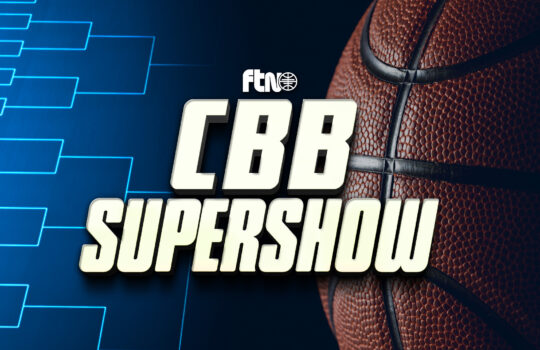












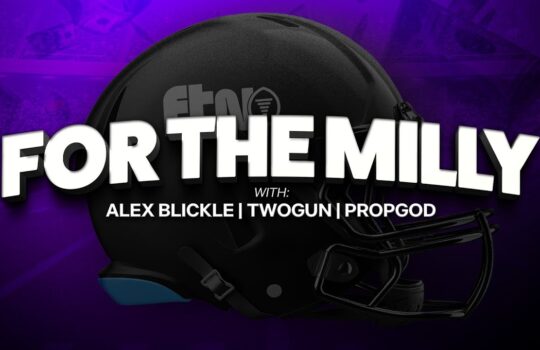










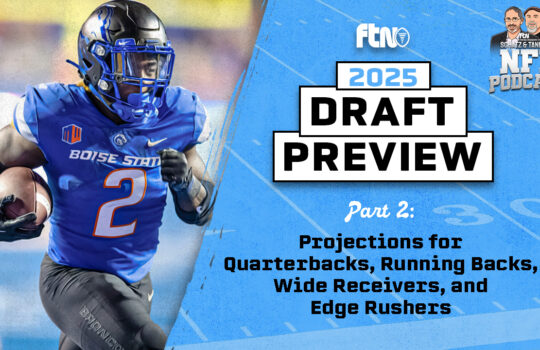

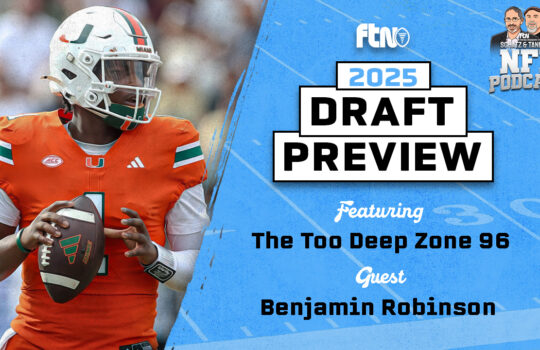
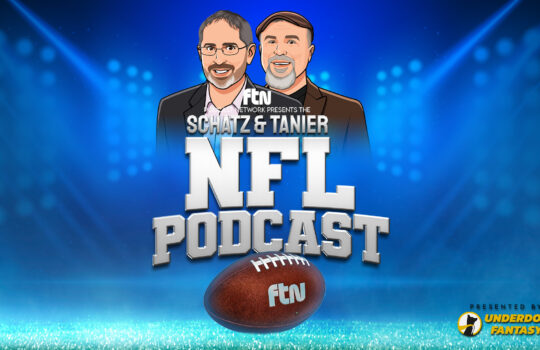






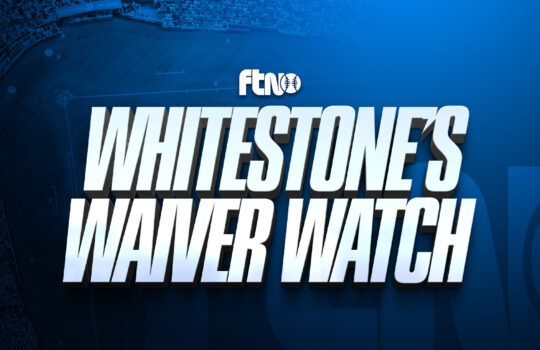

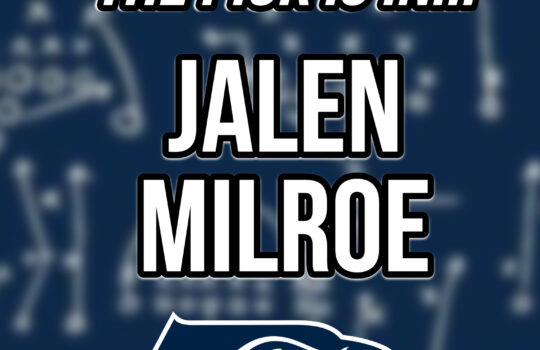

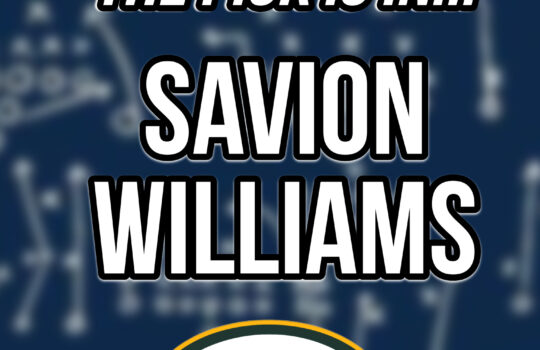
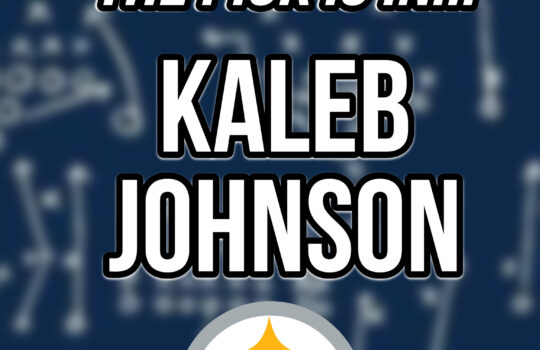

 New York Jets
New York Jets  New England Patriots
New England Patriots 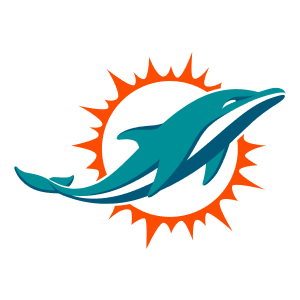 Miami Dolphins
Miami Dolphins  Buffalo Bills
Buffalo Bills  Pittsburgh Steelers
Pittsburgh Steelers  Cleveland Browns
Cleveland Browns  Cincinnati Bengals
Cincinnati Bengals 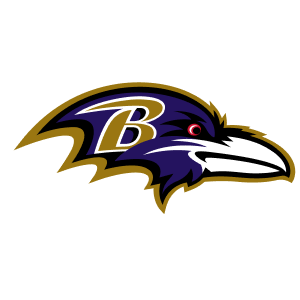 Baltimore Ravens
Baltimore Ravens 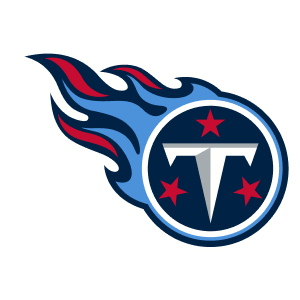 Tennessee Titans
Tennessee Titans  Jacksonville Jaguars
Jacksonville Jaguars  Indianapolis Colts
Indianapolis Colts  Houston Texans
Houston Texans  Las Vegas Raiders
Las Vegas Raiders 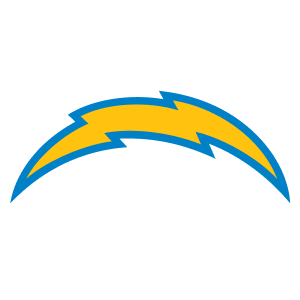 Los Angeles Chargers
Los Angeles Chargers  Kansas City Chiefs
Kansas City Chiefs 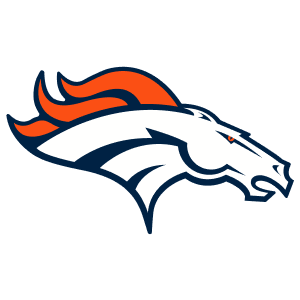 Denver Broncos
Denver Broncos 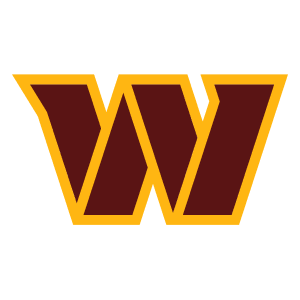 Washington Commanders
Washington Commanders  Philadelphia Eagles
Philadelphia Eagles 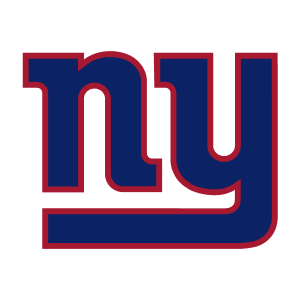 New York Giants
New York Giants  Dallas Cowboys
Dallas Cowboys 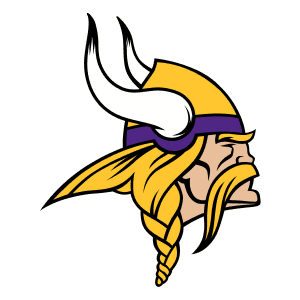 Minnesota Vikings
Minnesota Vikings  Green Bay Packers
Green Bay Packers 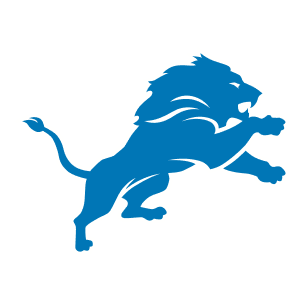 Detroit Lions
Detroit Lions 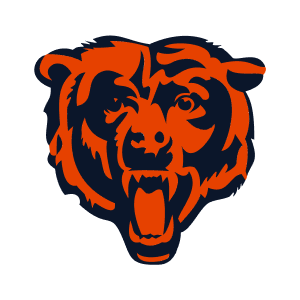 Chicago Bears
Chicago Bears 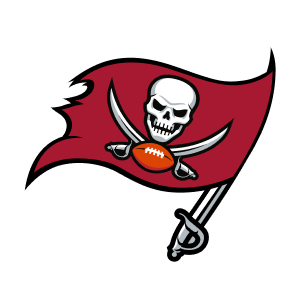 Tampa Bay Buccaneers
Tampa Bay Buccaneers  New Orleans Saints
New Orleans Saints 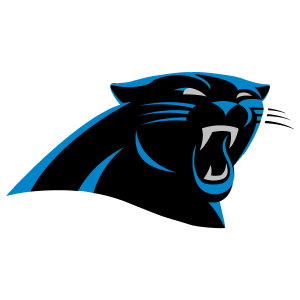 Carolina Panthers
Carolina Panthers 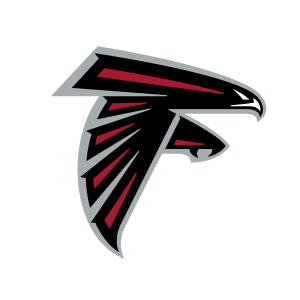 Atlanta Falcons
Atlanta Falcons 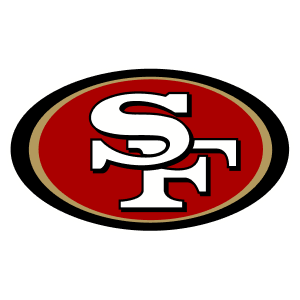 San Francisco 49ers
San Francisco 49ers  Seattle Seahawks
Seattle Seahawks  Los Angeles Rams
Los Angeles Rams 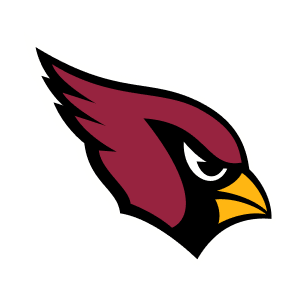 Arizona Cardinals
Arizona Cardinals 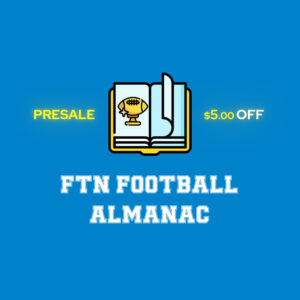
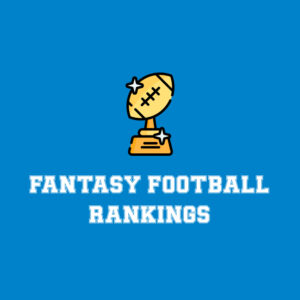
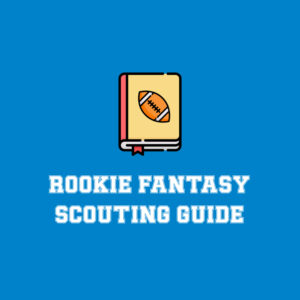
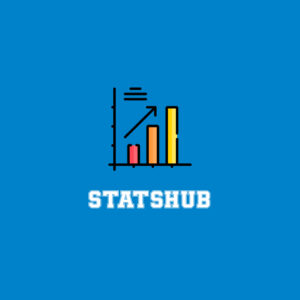
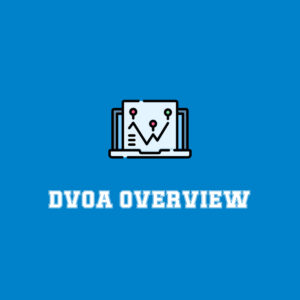


 Boston Celtics
Boston Celtics  Brooklyn Nets
Brooklyn Nets 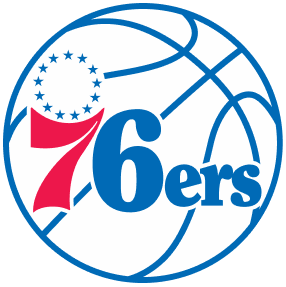 Philadelphia 76ers
Philadelphia 76ers  New York Knicks
New York Knicks  Toronto Raptors
Toronto Raptors  Chicago Bulls
Chicago Bulls  Detroit Pistons
Detroit Pistons  Milwaukee Bucks
Milwaukee Bucks  Cleveland Cavaliers
Cleveland Cavaliers  Indiana Pacers
Indiana Pacers  Orlando Magic
Orlando Magic 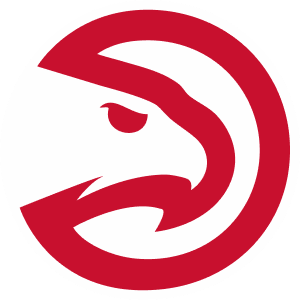 Atlanta Hawks
Atlanta Hawks  Charlotte Hornets
Charlotte Hornets  Miami Heat
Miami Heat  Washington Wizards
Washington Wizards  Denver Nuggets
Denver Nuggets 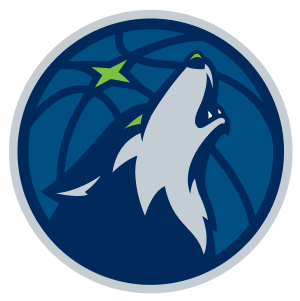 Minnesota Timberwolves
Minnesota Timberwolves  Oklahoma City Thunder
Oklahoma City Thunder  Portland Trail Blazers
Portland Trail Blazers  Utah Jazz
Utah Jazz  LA Clippers
LA Clippers  Golden State Warriors
Golden State Warriors  Los Angeles Lakers
Los Angeles Lakers  Phoenix Suns
Phoenix Suns  Sacramento Kings
Sacramento Kings  Dallas Mavericks
Dallas Mavericks  Houston Rockets
Houston Rockets  Memphis Grizzlies
Memphis Grizzlies  New Orleans Pelicans
New Orleans Pelicans  San Antonio Spurs
San Antonio Spurs 
